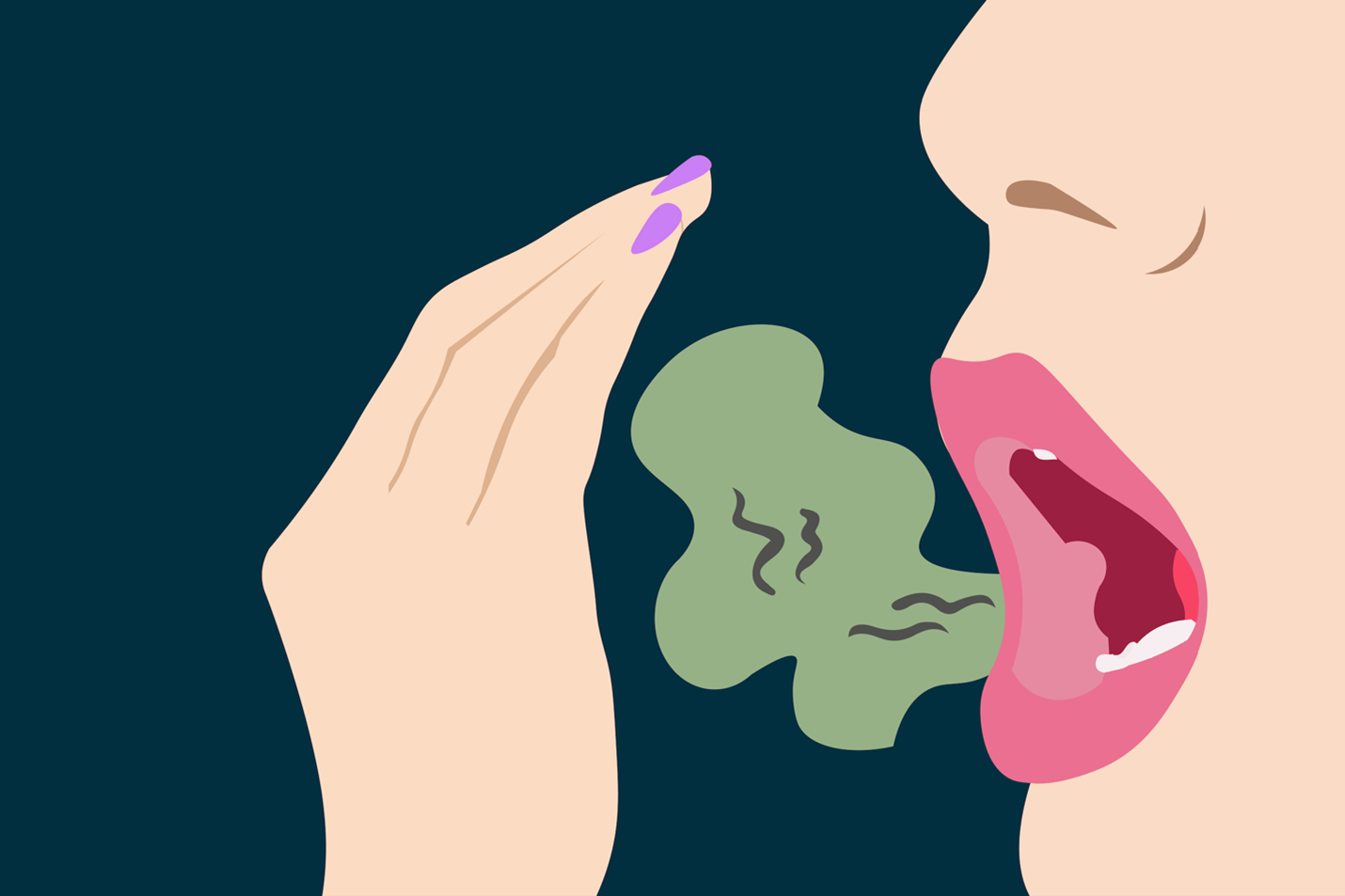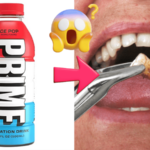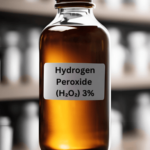Ever wondered why your breath sometimes smells less than pleasant? It’s a common experience that can be both embarrassing and frustrating. The scientific term for bad breath is halitosis, and it’s more than just a cosmetic issue. Let’s dive into the causes and explore some simple steps to combat it.

Dental Science of Halitosis
- Bacteria and Volatile Sulfur Compounds: The primary culprits behind halitosis are bacteria that live in your mouth. These tiny organisms break down food particles, producing unpleasant-smelling gases known as volatile sulfur compounds. Common sulfur compounds include hydrogen sulfide, methyl mercaptan, and dimethyl sulfide.
- Dry Mouth: Saliva plays a crucial role in neutralizing bacteria and keeping your mouth moist. When your mouth becomes dry (xerostomia), bacteria can thrive, leading to bad breath.
- Tongue Coating: The rough surface of your tongue can harbor bacteria and food particles, contributing to bad breath.
Tips for Fresher Breath
- Brush and Floss Regularly: This is the foundation of good oral health. Brush your teeth twice a day and floss once a day to remove food particles and bacteria.
- Scrape Your Tongue: A tongue scraper can help remove bacteria and reduce the buildup of a coating on your tongue.

- Watch Your Diet: Certain foods, like onions, garlic, and dairy products, can contribute to bad breath. Limit your intake of these foods, especially before social events. Considering the role of xerostomia in driving halitosis, it is important to stay hydrated Also, avoid Tobacco and Excessive Alcohol. These substances can irritate your mouth and contribute to bad breath.
- See Your Dentist Regularly: Regular dental check-ups can help identify and address any underlying dental issues that may be causing bad breath.
- Consider a Mouthwash: Some mouthwashes contain ingredients that can help neutralize sulfur compounds and freshen breath.
- Chlorhexidine: This antibacterial agent is often used in mouthwashes to kill bacteria that contribute to bad breath and gum disease.
- Essential Oils: Mouthwashes containing essential oils like peppermint, eucalyptus, and thyme can freshen breath and provide a pleasant taste.
- Zinc Chloride: This ingredient can help reduce the levels of volatile sulfur compounds (VSCs), which are responsible for the unpleasant odors associated with bad breath.
- Hydrogen Peroxide: A mild oxidizing agent, hydrogen peroxide can help kill bacteria and reduce the buildup of plaque.
- Baking Soda: This natural ingredient can help neutralize acids in the mouth and create a more alkaline environment, which can be less favorable for bacteria growth.
Working Towards That Better Smile
Remember, bad breath is often a sign of an underlying oral health problem. By following these simple tips and maintaining good oral hygiene, you can enjoy fresher breath and improved overall health.
Check Out Our Other Blogs
Did you enjoy our article? We have more great content (links below)!
- Dental Science In Focus: Top Vitamins and Minerals for Oral Health
- Dental Science In Focus: Prebiotics and Probiotics for Oral Health
- Dental Science In Focus: Dealing With Common Oral Health Issues
- Flossing Properly Matters For Oral Health and Your Smile
- Medium: What It Means To Be A Tooth Engineer
Follow Us!
If you liked this article, then please subscribe to our YouTube Channel and Medium Blog for more Tooth Engineers content. You can also find us on Instagram and Facebook.




